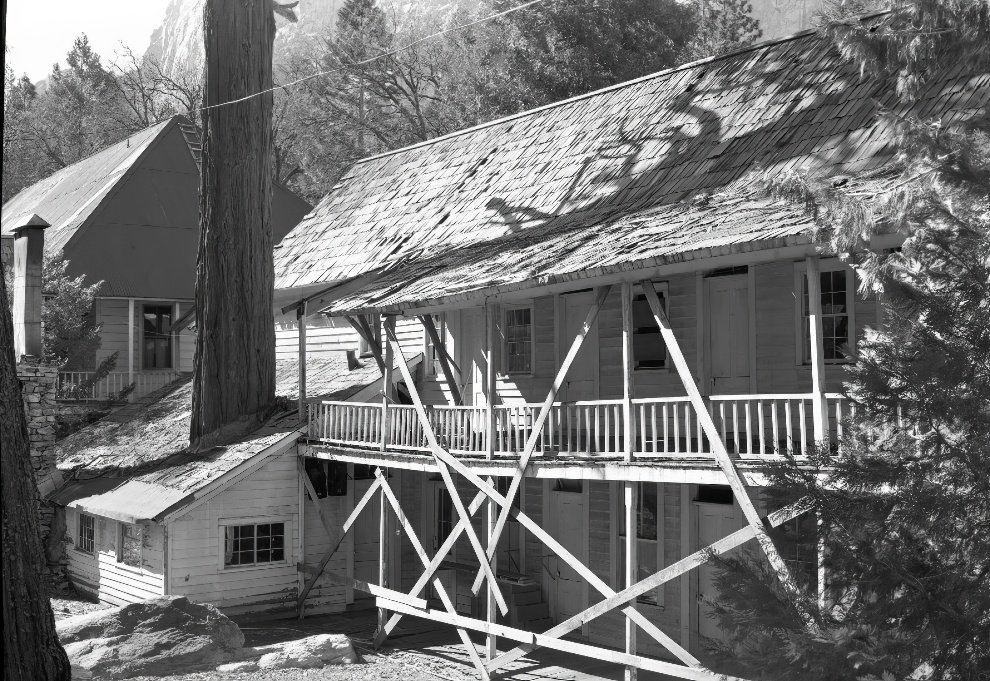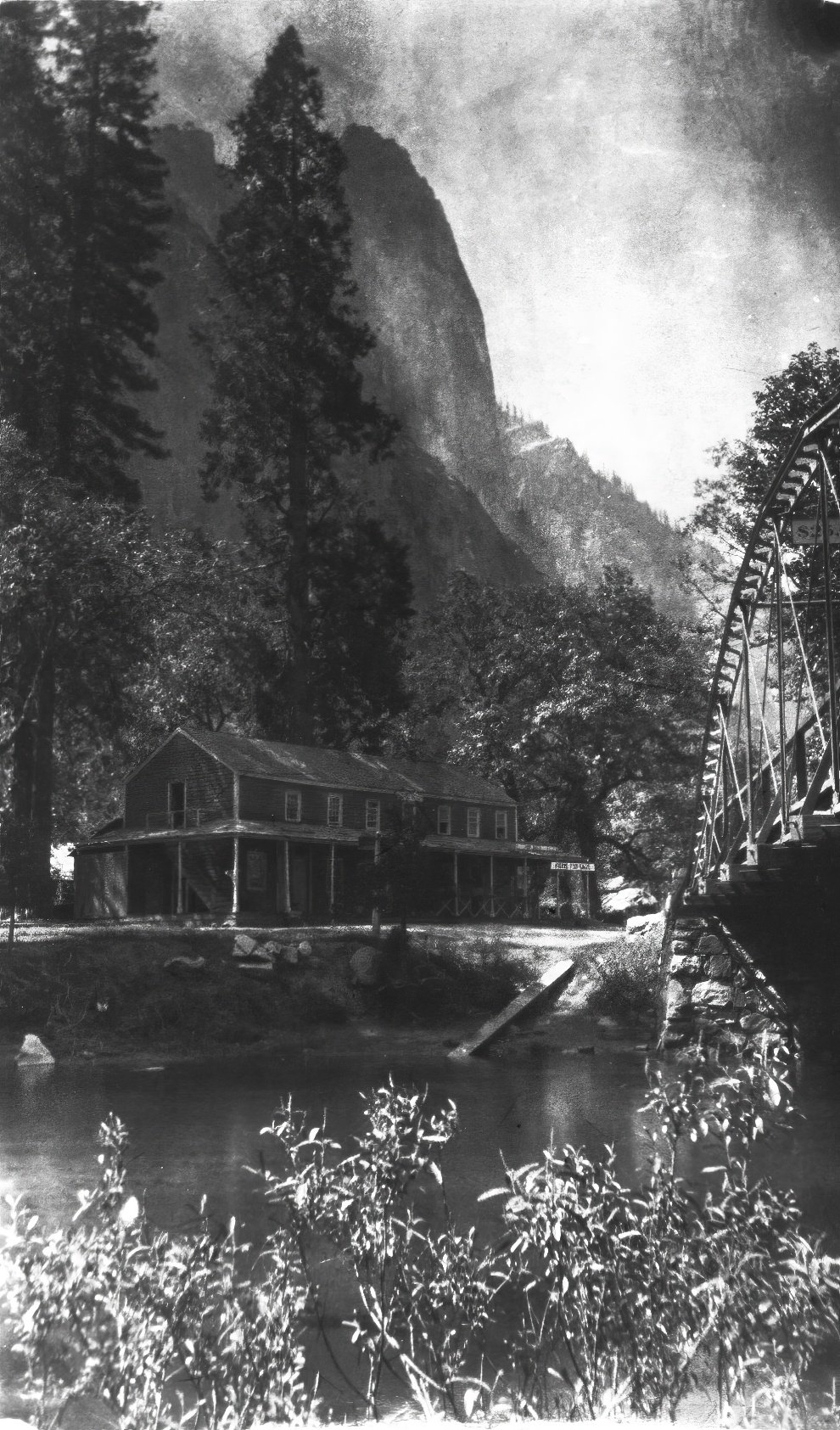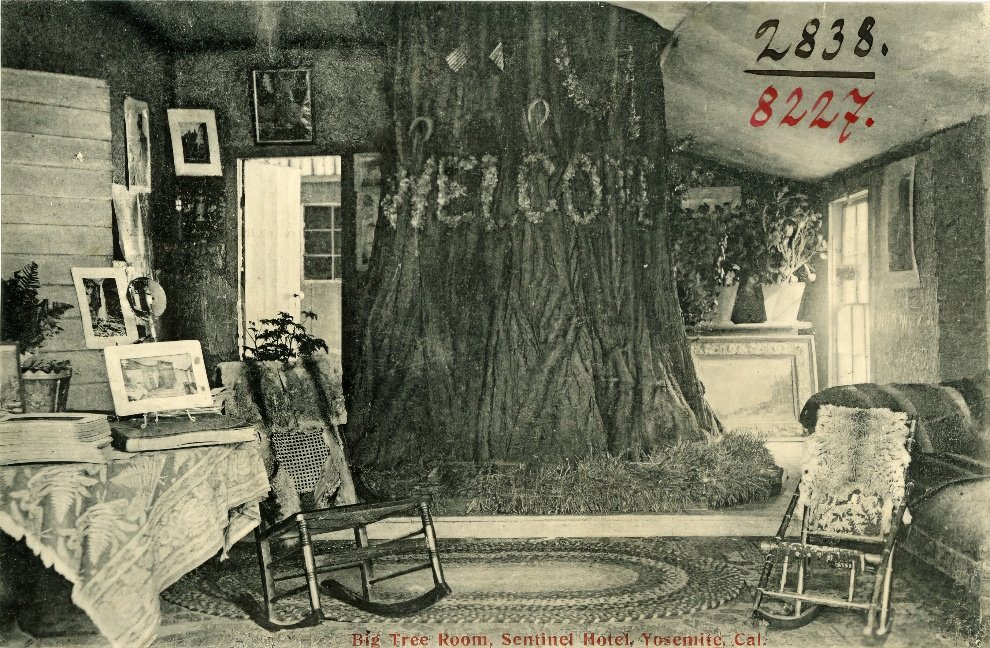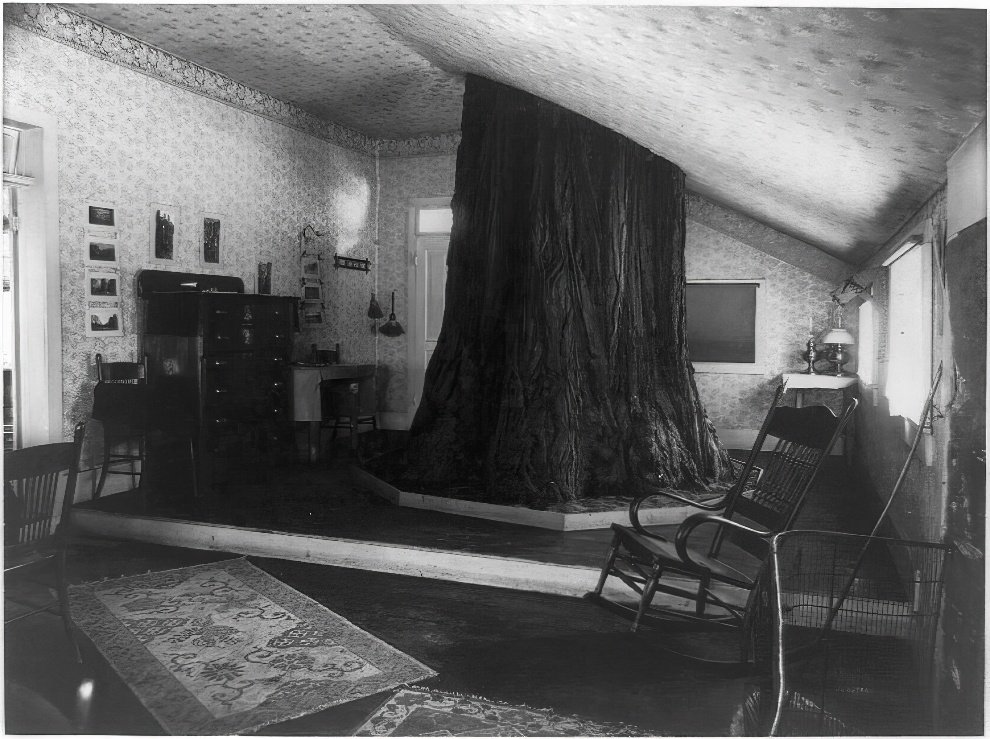
James Mason Hutchings, a young and ambitious Englishman who emigrated to America in 1848, found himself drawn to California during the early days of the gold rush. It was in this vibrant and burgeoning state that Hutchings would carve out a name for himself as a successful publisher. However, despite his success in the publishing world, Hutchings was not content to be tied to a desk. His adventurous spirit led him to seek out the fabled grassy valley with towering cliffs and majestic waterfalls, known as Yosemite.
In 1855, Hutchings decided to share the wonders of Yosemite with the world by bringing the first tourists to the valley. Through his unique combination of business acumen and love for nature, he was able to popularize this breathtaking site and establish himself as a knowledgeable guide and publisher. His passion for Yosemite only continued to grow, leading him to purchase the Upper Hotel in 1864. While Hutchings knew that modernization was necessary to accommodate his guests, he refused to destroy a towering cedar tree that stood near the hotel.
h/t: vintag.es
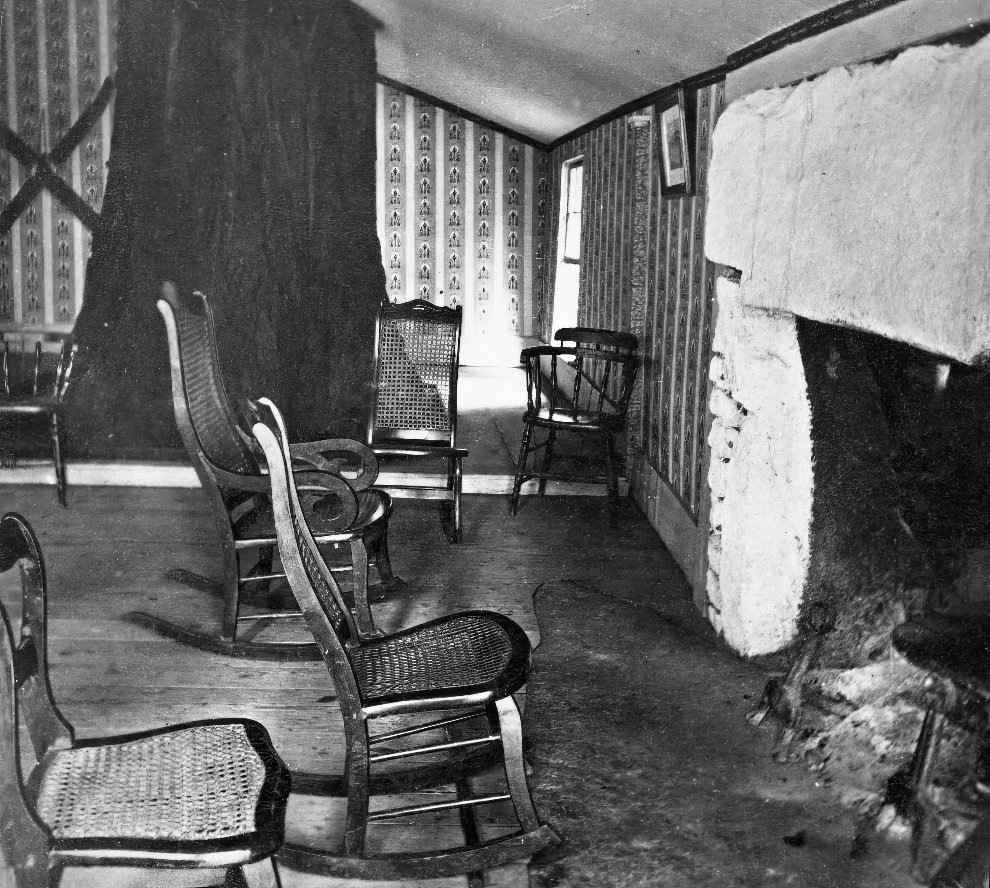
Instead, Hutchings embarked on a bold plan to build the new and improved Hutchings House around the fully grown tree. The centerpiece of this innovative design was the Big Tree Room, which was constructed a few years later. Hutchings proudly wrote of this unique space, “This 175-foot cedar was there when the room was planned. Not wanting to tear down the tree, I built around it.” The eight-foot diameter base of the tree became a permanent fixture in the sitting area, serving as a reminder of the hotel’s deep connection to nature.
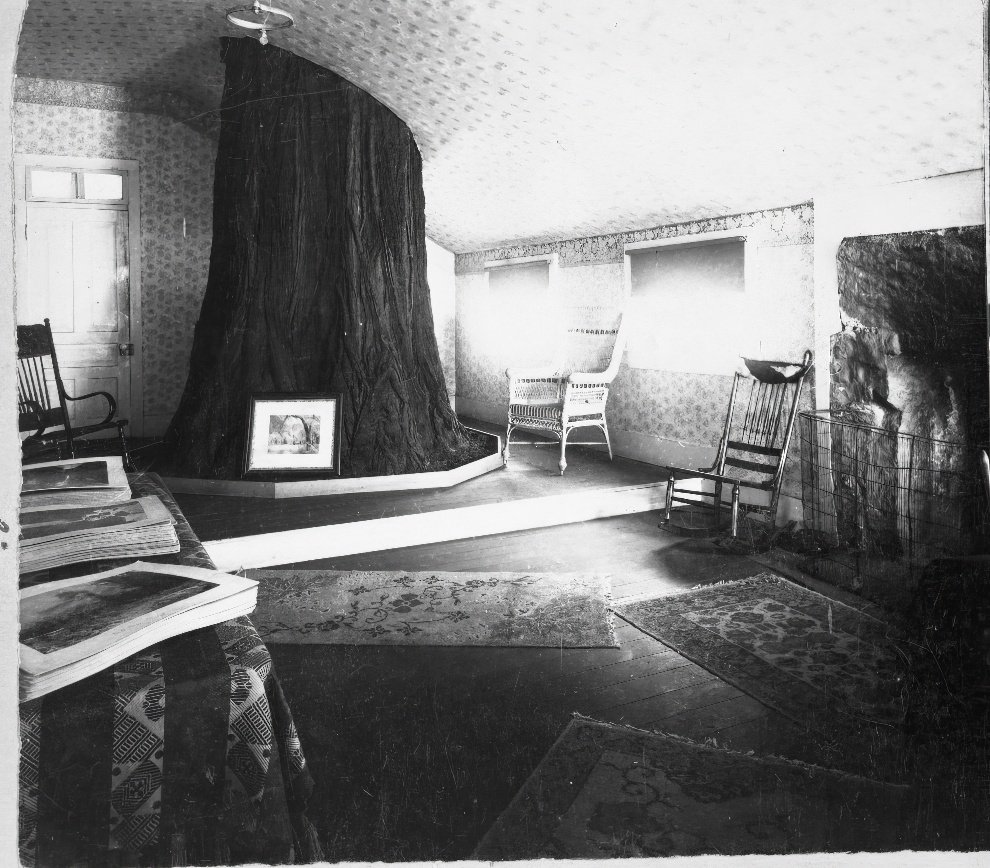
Hutchings’ contributions to Yosemite did not end with his pioneering hotel design. He was also responsible for printing the first pictures of the Yosemite Valley, further cementing his legacy as a key figure in the valley’s history. Additionally, his daughter became the first non-native child to be born in Yosemite Valley, adding another layer of history to his family’s connection to this remarkable place.
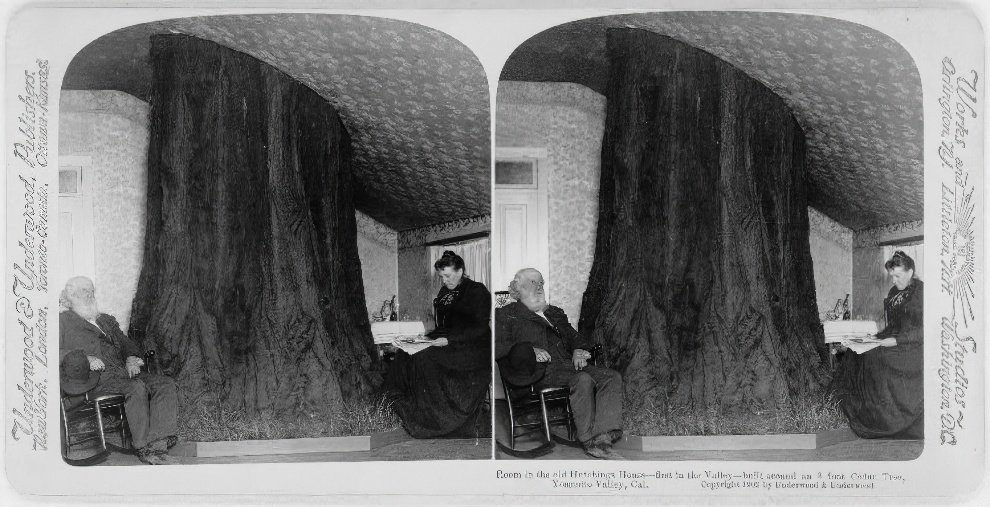
Although the enormous Tree Room may have since disappeared, the building and the ancient cedar tree continue to stand as a testament to Hutchings’ vision and dedication. Today, many visitors to eastern Yosemite Valley unknowingly pass by this historic tree, unaware of the rich history and legacy that it represents. But for those who take the time to learn about James Mason Hutchings and his remarkable contributions to Yosemite, the towering cedar remains a poignant reminder of the enduring bond between humanity and nature in this awe-inspiring landscape.
